We now have the first complete binary black hole inspiral, merger, & ringdown using our next-generation code SpECTRE! Our preprint [arXiv:2410.00265] presenting this first complete BBH simulation was led by Kyle Nelli (grad student at Caltech) and Geoffrey Lovelace (professor at CSU Fullerton).
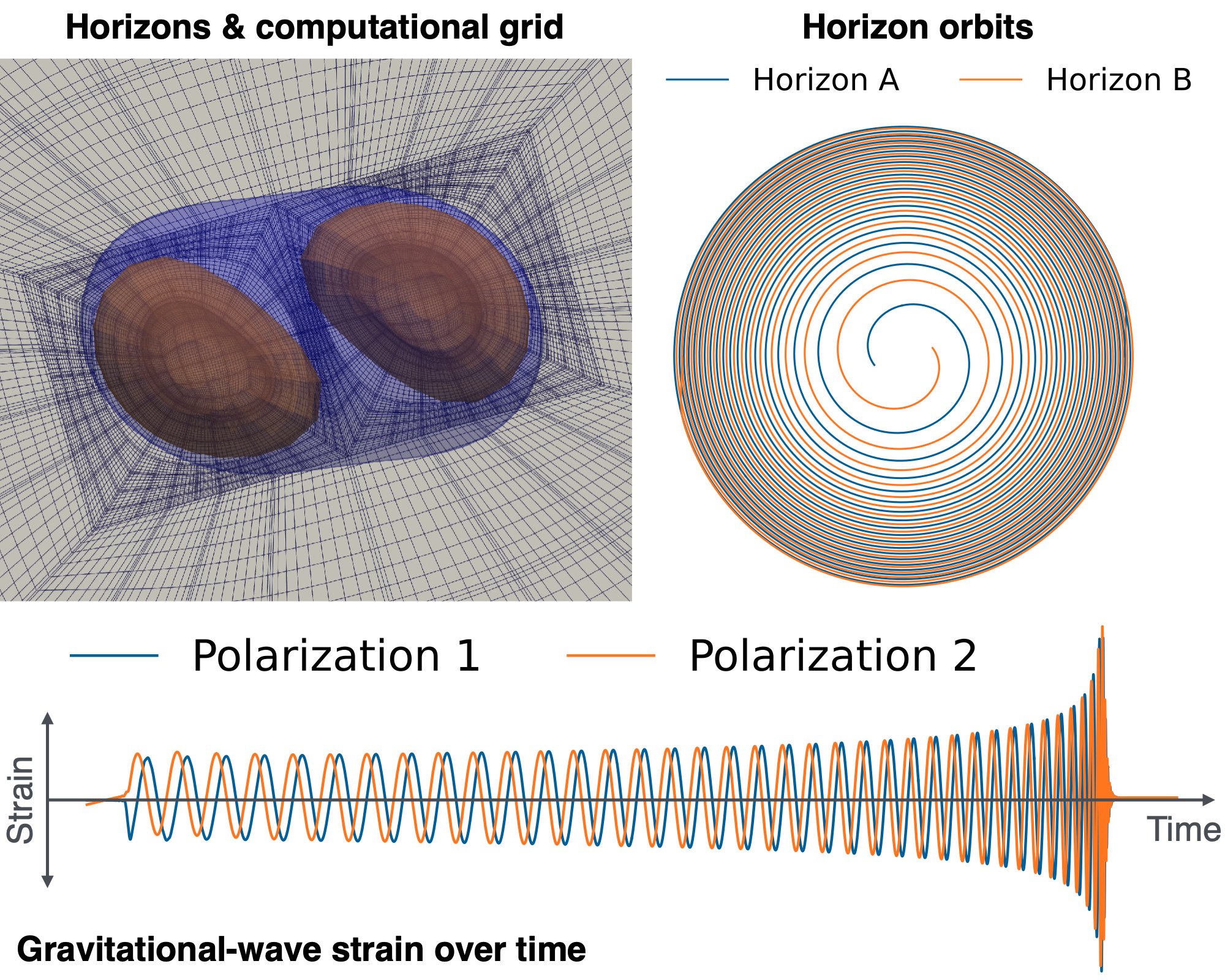
These are the first gravitational waveforms from a binary black hole merger using discontinuous Galerkin methods; done in our open-source SpECTRE NR code. Our previous code, SpEC, uses spectral methods. The difference?
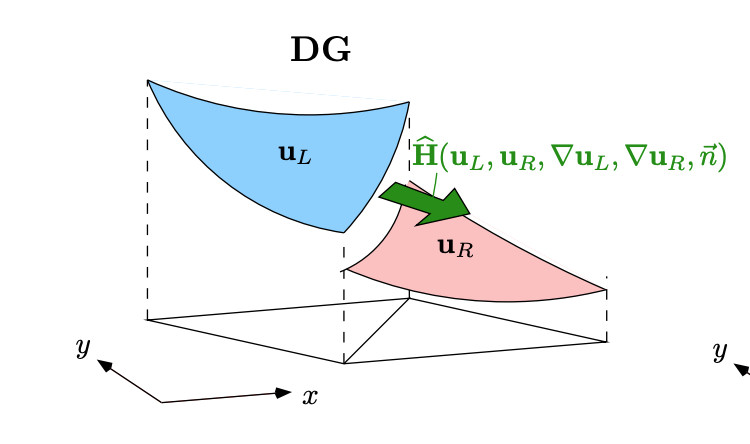
Spectral methods are very efficient for modeling BBH spacetimes because the spacetime metric is smooth. But we also need to be able to parallelize our problem so it can run on larger supercomputers. That’s where discontinuous Galerkin shines.
The discontinuous Galerkin method lets us to break our computational domain into smaller chunks that can each be worked on independently. When a problem is smooth, DG converges exponentially like spectral. With discontinuities, DG acts like finite element.

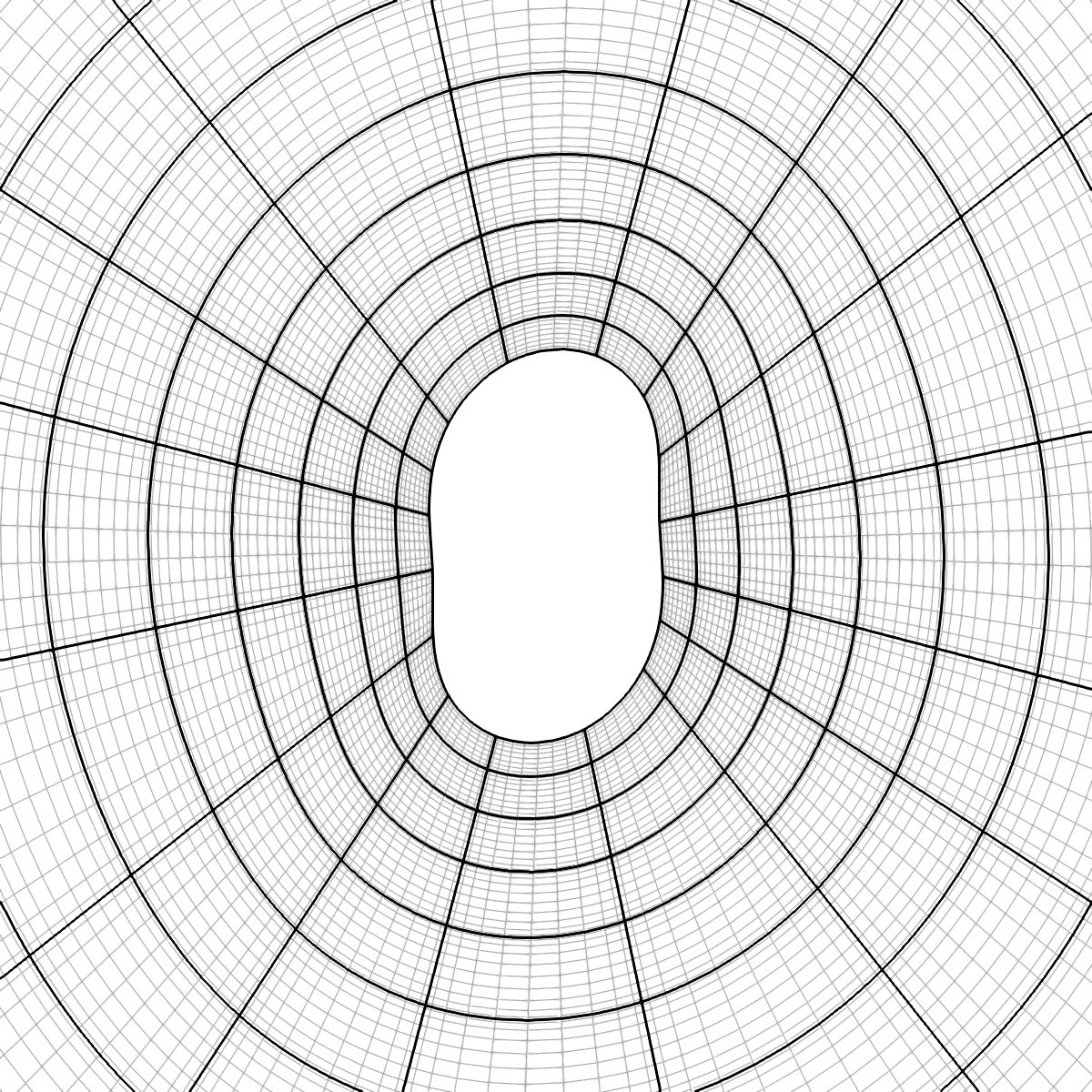
In our paper we simulated an equal mass non-spinning BBH through 18 orbits of insprial, merger, and ringdown. We show that our simulations are correct by running at multiple resolutions and demonstrating that the gravitational waves approach the same answer. Convergence!
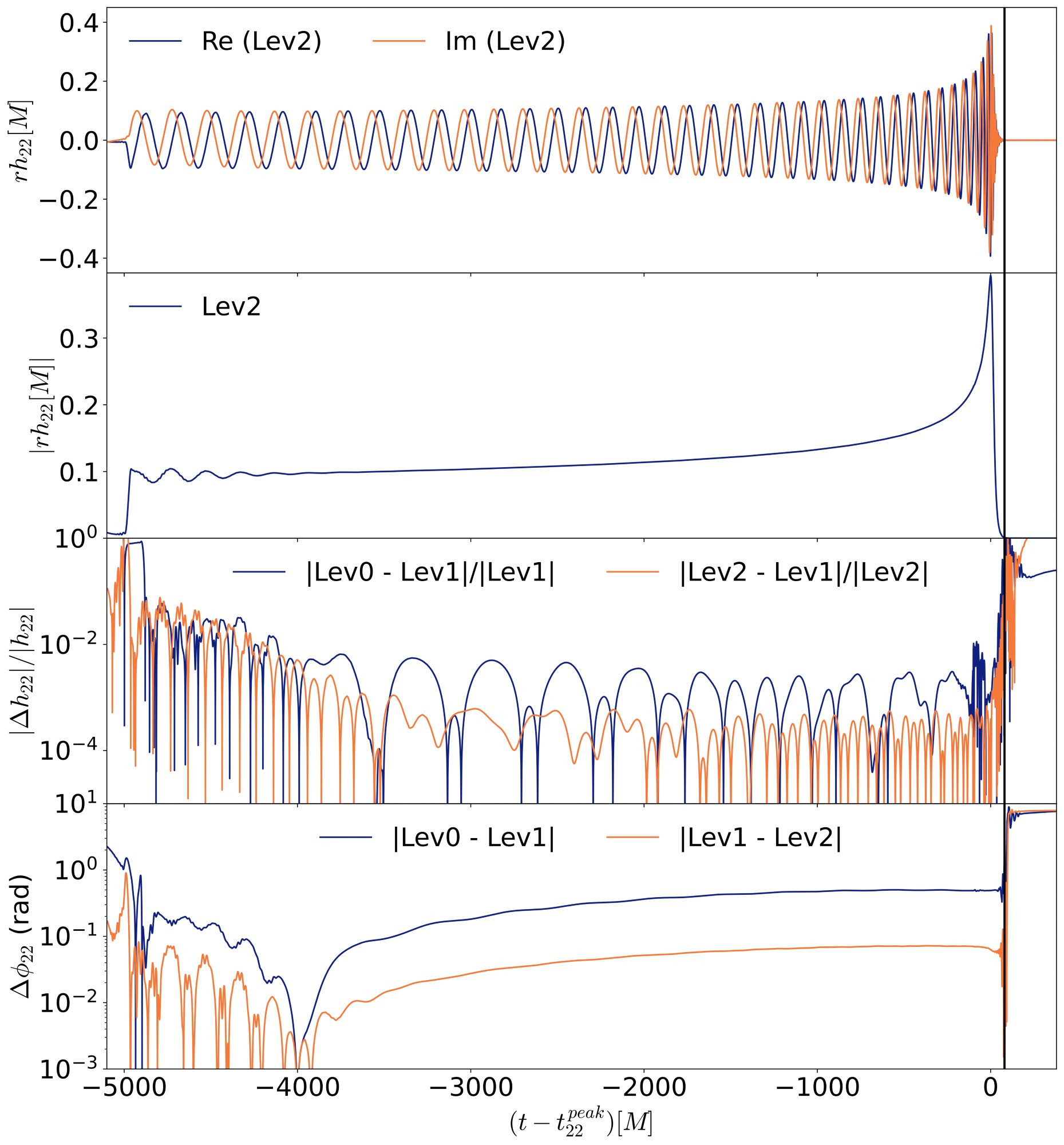
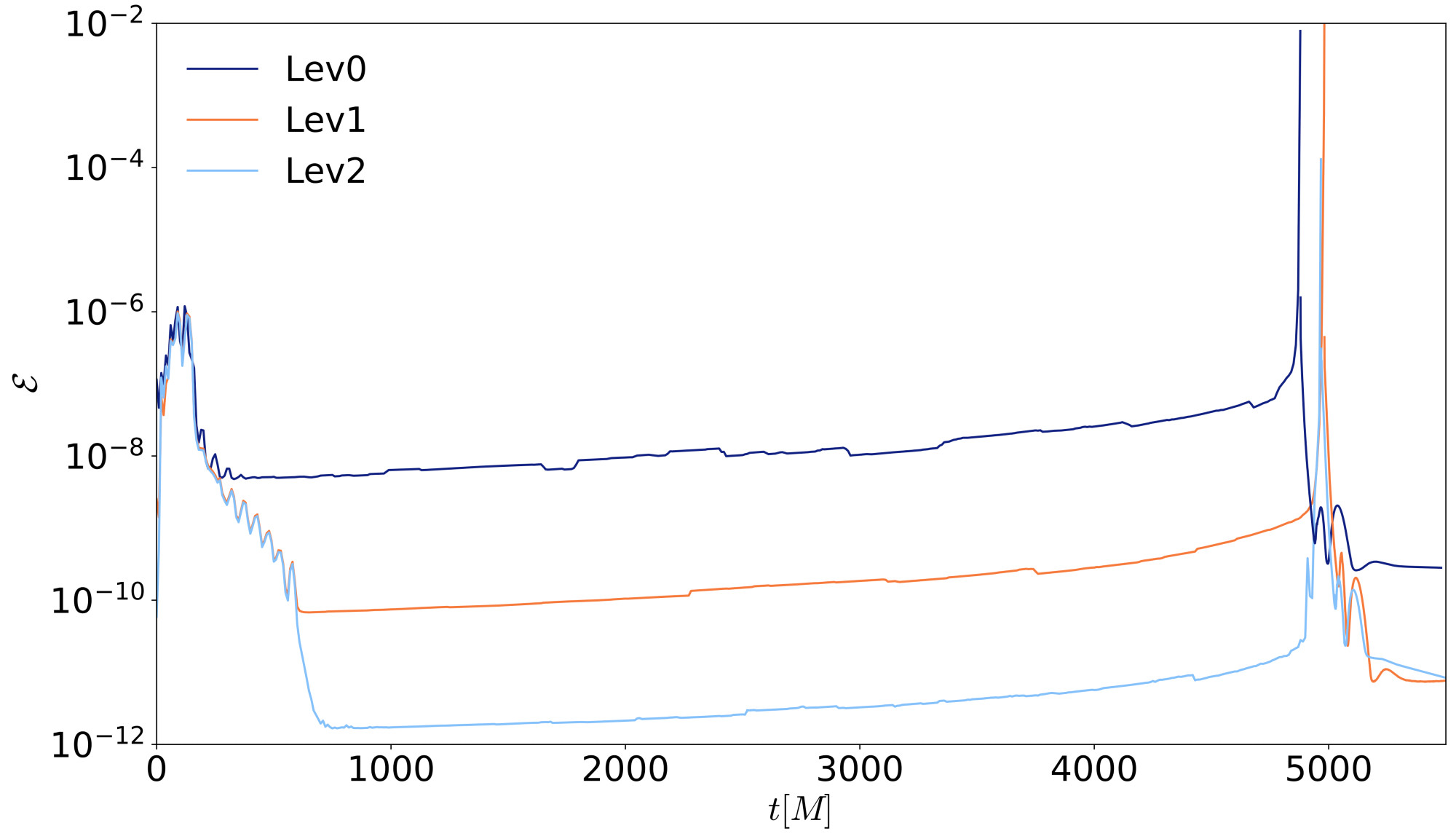
The gravitational waves are extracted with Cauchy-Characteristic Evolution (CCE) in which the metric is actually evolved all the way out to future null infinity!
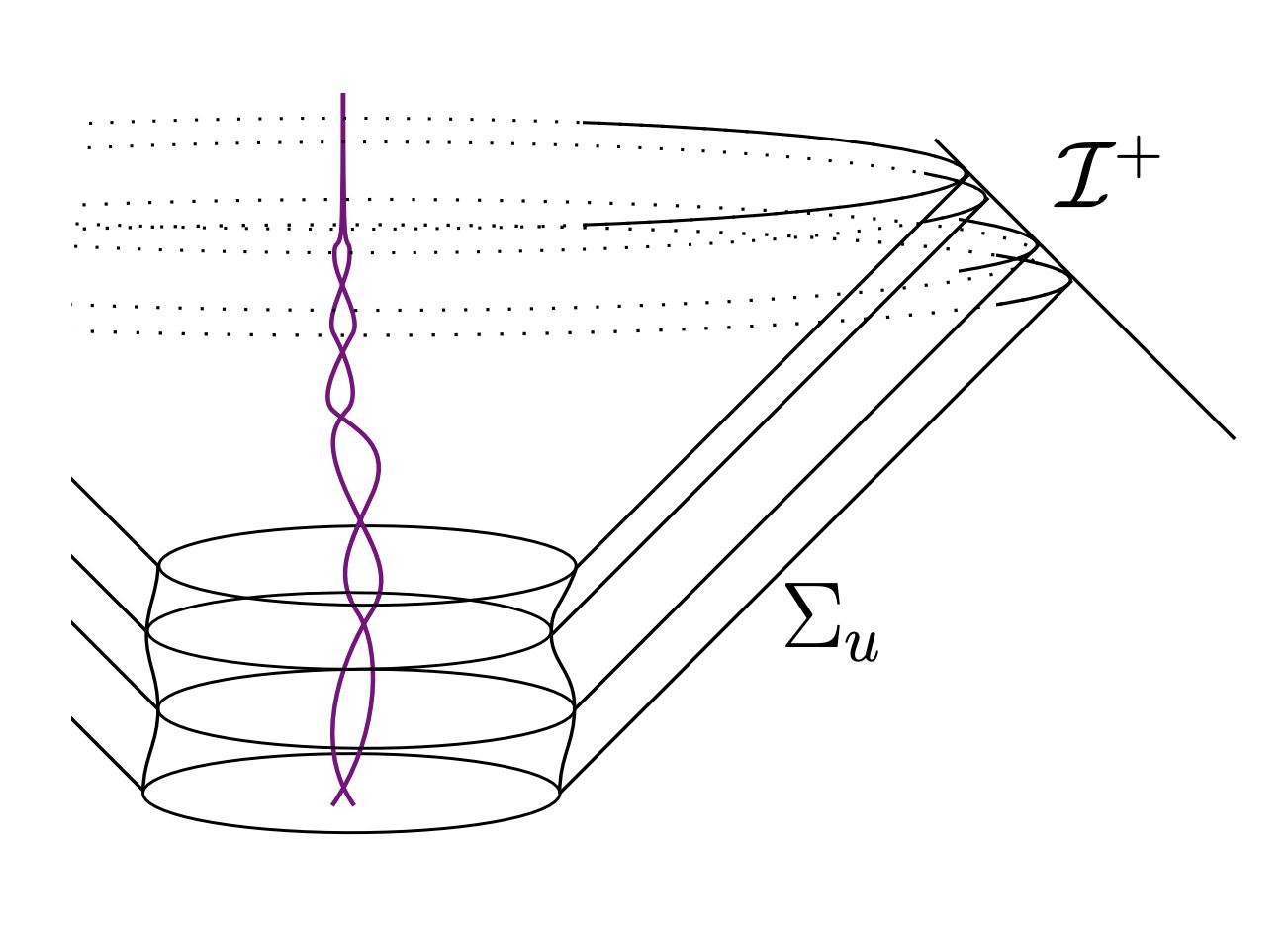
For future work, we plan on optimizing our code, enabling adaptive mesh refinement, and pushing the parameter space of simulations we can do with SpECTRE.
If you want to help out, remember that SpECTRE is open source! For all the details, read our preprint [arXiv:2410.00265].